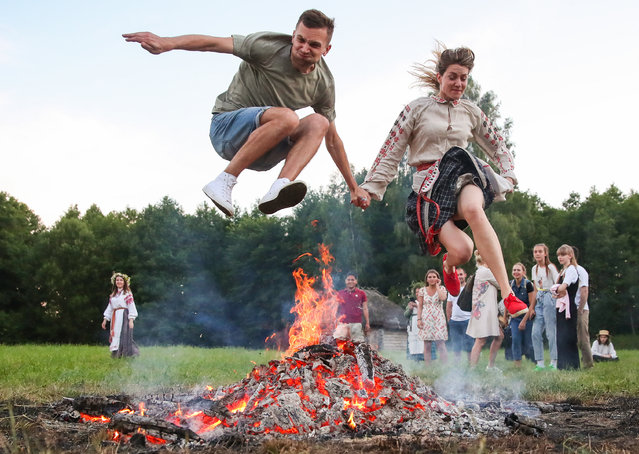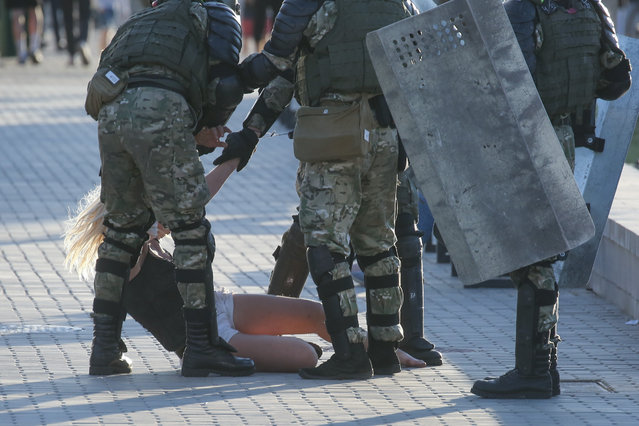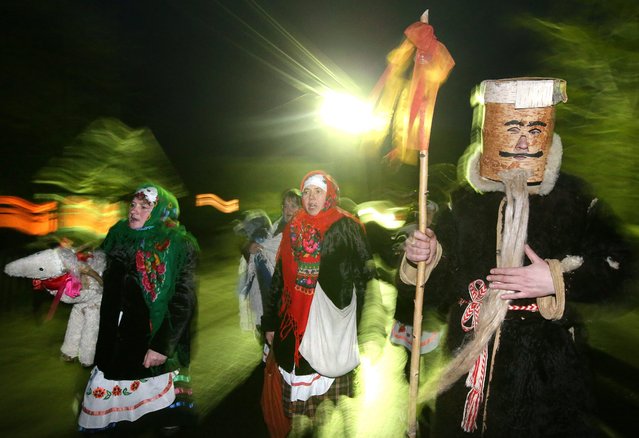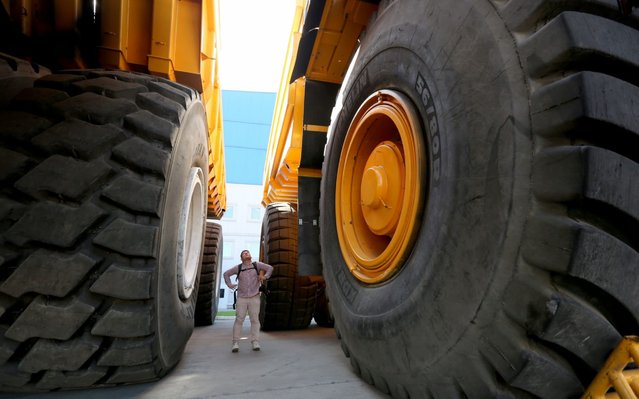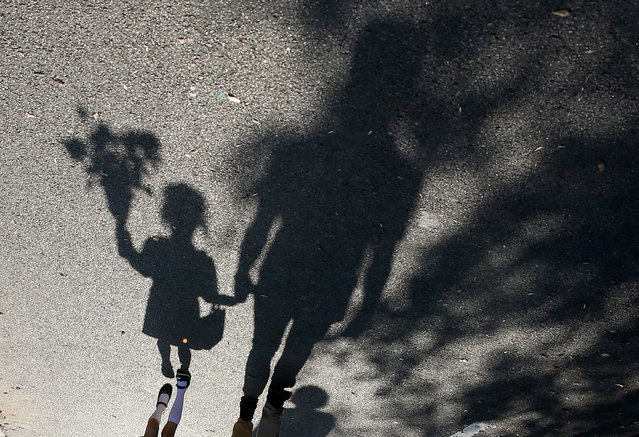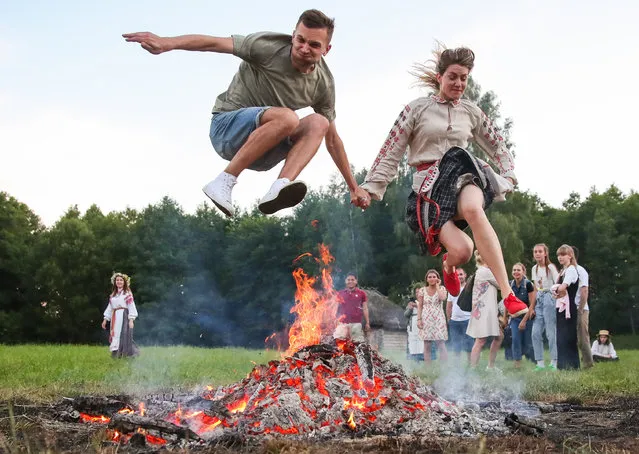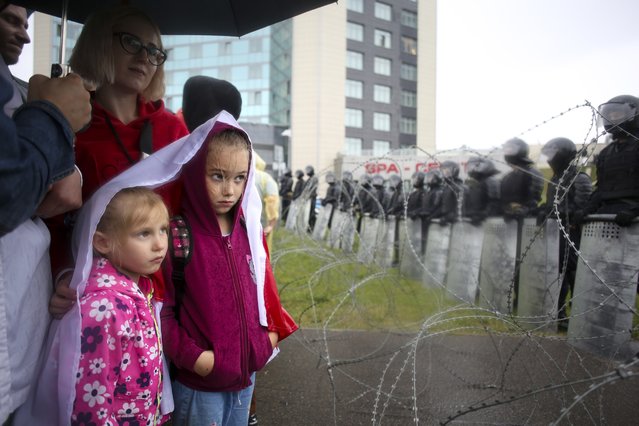
In this Sunday, September 6, 2020 file photo, people with their children stand at a barbed wire fence in front of a police line toward the Independence Palace, residence of the President Alexander Lukashenko, during Belarusian opposition supporters rally in Minsk, Belarus. Belarus President Alexander Lukashenko has relied on massive arrests and intimidation tactics to hold on to power despite nearly three months of protests sparked by his re-election to a sixth term, but continuing protests have cast an unprecedented challenge to his 26-year rule. (Photo by TUT.by via AP Photo)
06 Nov 2020 00:01:00,post received
0 comments

